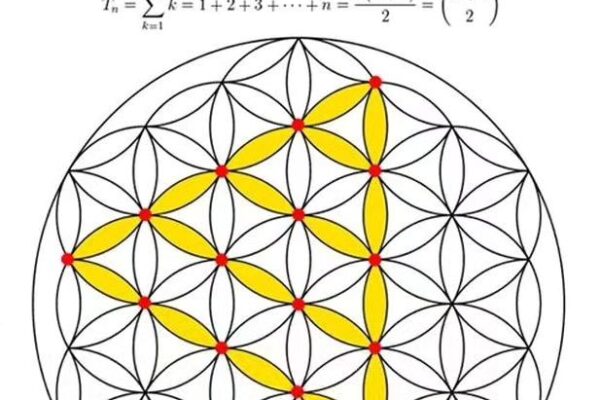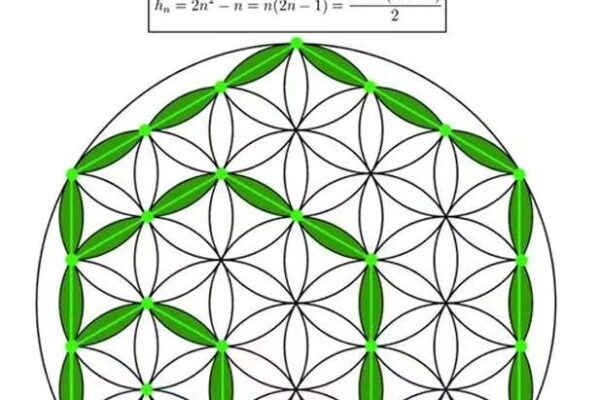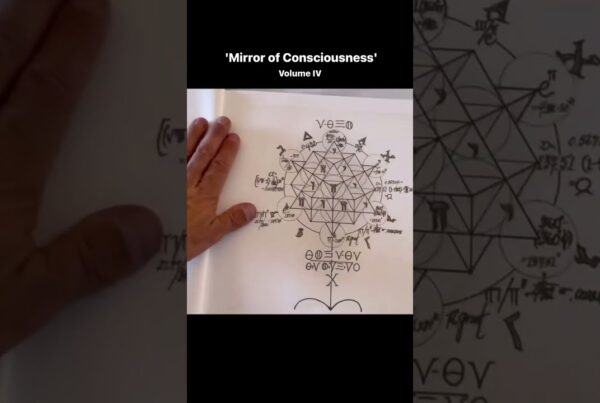A polygonal number, also known as a figurative number, is a number that can be represented by a regular geometric arrangement of equally spaced points. If the array forms a regular polygon, the number is called a polygonal number.
The Flower of Life is a pattern of overlapping circles, where each new circle is added in an even and equidistant position in relation to the others, forming a beautiful and natural hexagonal pattern that resembles a flower, and which is the reason for its name. This pattern embodies a multitude of mathematical and geometric information about fundamental forces of the universe and therefore reveals precise knowledge about the quantification and quality of numbers that organize the underlying order of manifestation.
The polygonal numbers illustrated above (specifically the triangular and hexagonal numbers), are just simple examples of information that can be extracted from within this pattern.
Because it is a naturally hexagonal pattern, the Flower of Life explicitly displays all hexagonal and triangular numbers. All hexagonal numbers are a triangular number, but only triangular numbers of odd order (the 1st, 3rd, 5th, 7th, etc.) are also hexagonal.
As with triangular numbers, the digital root in base 10 of a hexagonal number can only be 1, 3, 6, or 9 (the digital root is the successive addition of digits until only one digit remains).
Figurative numbers were studied by the Pythagoreans, who intended, by analyzing the figures formed, to discover the intimate nature of numbers.
“Numbers were not thrown into the world at random; they arranged themselves into balanced patterns, like the shapes of crystals and the concordant intervals, according to the universal laws of harmony.” ~Arthur Koestler









